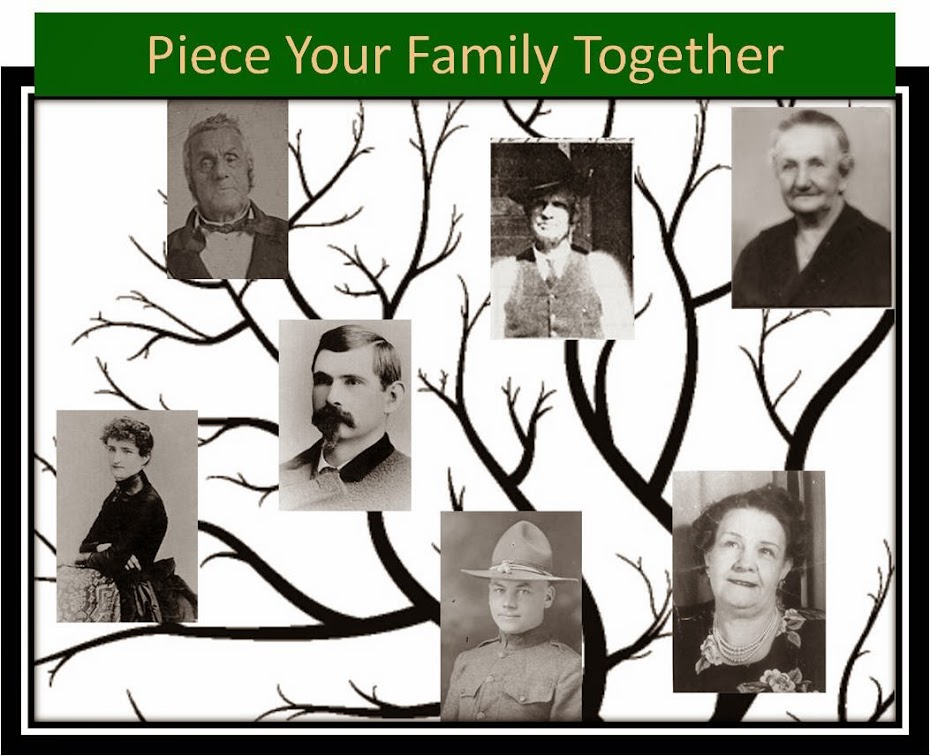Now for this week’s post. This past weekend, the National
Swedish Archives were available to browse online for free. Here’s a key word, “Browse”.
I think we’re so spoiled with all the indexes that have been made available and
search functions, that we have become lazy and seldom “browse” records. I’ll
admit, “browsing” is always my last resort. I search all the indexes available
and then if I can’t find my information, I start browsing. “Browsing” is the
old school of genealogy. It’s the tedious, time consuming work of genealogy. Is it necessary? Absolutely! There are
millions of records that have not been indexed and unless you are willing to
roll up your sleeves and work for those hard to find records, you will never
find all your puzzle pieces.
Yesterday, I spent about 5 hours, “browsing” the National
Swedish Archives, only to find “nothing”! I probably scanned through 400 pages
of records looking for one family. One may say, “what a waste of time” and that
I didn’t make progress.
Have you ever done a Sudoku puzzle? Sometimes, you have to
solve the puzzle, by process of elimination.
It can’t be this number or that number, so that only leaves two other
numbers. So it is with genealogy. Sometimes, the only way to find information
is to eliminate possibilities. This is especially true in your hard to find “brick
wall” lines. There are three “John Taylor’s” living in one county/area. One is
my relative (chances are they all are relatives, but only one is my direct
descendant). I start looking at one of the “John Taylor’s” until I determine he
is mine or not. If he isn’t, I haven’t failed, because now I know that one of
the two remaining “John Taylor’s” is probably mine. (But, remember always
double check your source)
Yesterday, I eliminated 400 possibilities. This makes me
closer to finding my ancestors. Now for another very important part of eliminating
possibilities: Keep a record of all your
search efforts. Next time the National Swedish Archives are free online
again, will I remember what I searched or will I spend another 5 hours
searching the same 400 records? Now that would be a waste of time!!! It’s simple
to track your searches. I simply use a word document. I have a search log for
each of my surnames. Yesterday, I was searching “Lundell”, so I will save in my
Lundell word document, what records I searched yesterday. How do you track your
searches?


